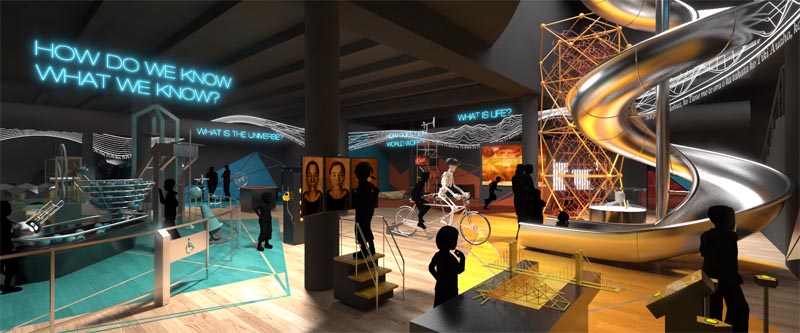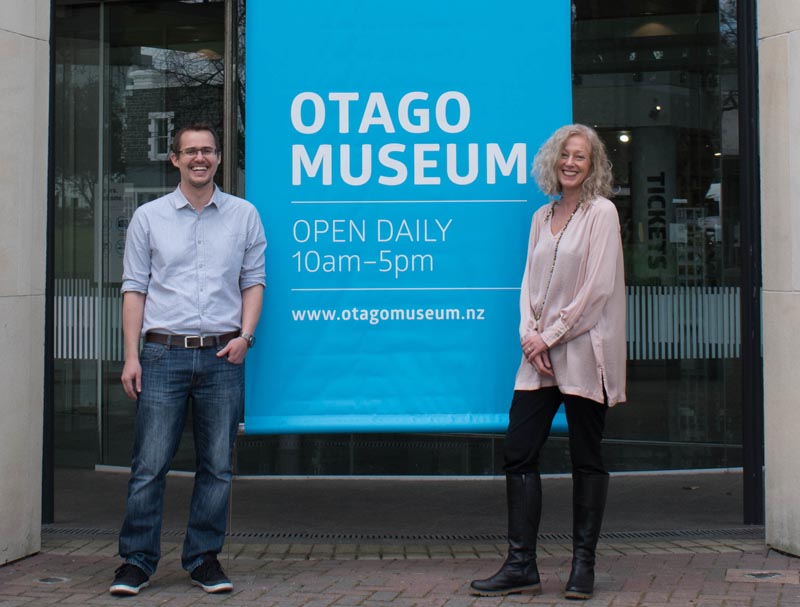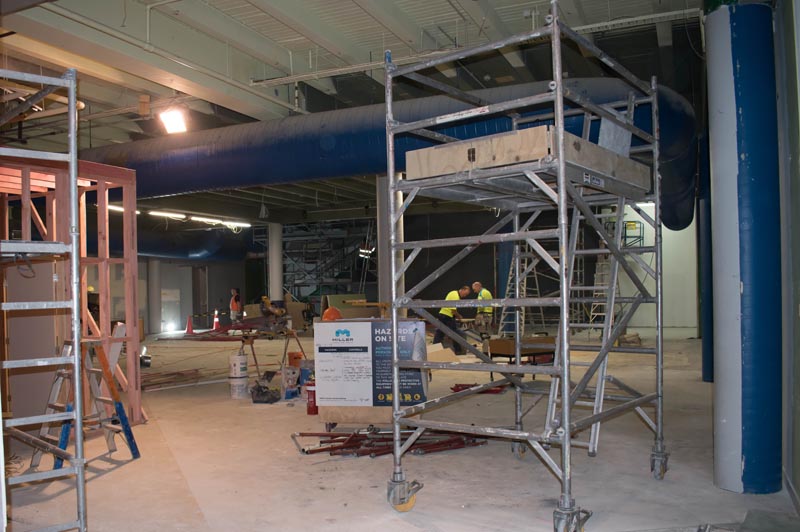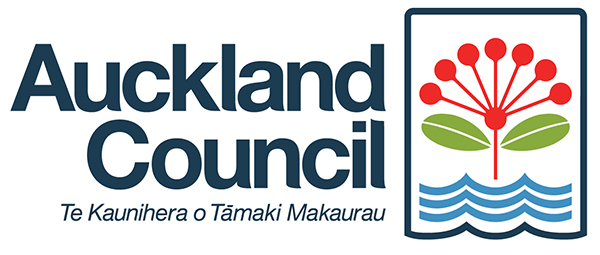 Otago Museum goes beyond the code
Otago Museum goes beyond the code
2 October 2017
Tūhura Otago Community Trust Science Centre, opening in Otago Museum in early December, has gone beyond the code in accessibility – thanks to its consultation with Strawbridge Accessibility.
The three-year project to “rethink and redevelop" its 20-year-old science centre was led by Caroline Cook, Director, Marketing and Development, Otago Museum.
The first stage of the project was building a new planetarium, alongside a digital interactive gallery with 12 giant screens of images and video. The second stage was redeveloping the existing site.
“It’s very experiential and interactive, inviting play and engagement,” Caroline says. “There is minimal text. Instead, we have a team of science communicators on the floor if you want explanations and guidance.”
 In May, Otago Museum contracted Jason Strawbridge of Strawbridge Accessibility to advise on the centre’s accessibility.
In May, Otago Museum contracted Jason Strawbridge of Strawbridge Accessibility to advise on the centre’s accessibility.
“One of the project’s guiding principles is to be accessible to everyone,” Caroline says. “Working with Jason, we realised we could aim at achieving best practice rather than just ticking the boxes.
“He was very patient and consultative. Together, we reviewed all the plans, especially in terms of its physical space, and realised that raised floors weren’t accessible for everyone. We changed the plans to include ramps and handrails, and then realised that was a negative solution.”
The answer was to remove the raised floors and provide a flat surface throughout the centre.
Another example of Jason’s input was the host station at the entrance to the science centre. “We had worked hard to make the counter accessible so it was high at one end and low at the other. But as Jason showed us, best practice is to have the counter at one height accessible to everyone: young children, wheelchair users, staff.
“Jason encouraged us to go beyond the code and guided us through the process from the depth of his experience – not just from the book,” Caroline says.
New Zealand-wide service
Jason worked for Barrier Free New Zealand in Wellington for four years as its Technical Manager and Educator. In October 2016, he moved to Dunedin and set up Strawbridge Accessibility. Although based in Dunedin, he provides a New Zealand-wide service.
 “Otago Museum showed its commitment to accessibility by seeking advice at an early stage of the redesign process,” Jason says. “The outcome of this very collaborative process was greater accessibility for both staff and visitors. It even lowered the overall construction cost.”
“Otago Museum showed its commitment to accessibility by seeking advice at an early stage of the redesign process,” Jason says. “The outcome of this very collaborative process was greater accessibility for both staff and visitors. It even lowered the overall construction cost.”
Meeting accessibility requirements, set out in the Building Act 2004, the Building Code and the New Zealand Standard NZS 4121:2001, doesn’t have to be expensive. Jason says he can provide venues and building owners with information and ideas to make practical, cost-effective upgrades.
“My point of difference is that my knowledge is based on years of experience, firstly as an architectural designer and then working for Barrier Free New Zealand, where I worked closely with the disability sector.”
Importance of accessibility
As an architectural designer, he says his “eyes were opened” to the importance of accessibility when his grandmother had a stroke.
“My grandmother’s experience changed my career path,” he says. ”At the time, I knew that the legislation said public buildings had to be accessible. But I couldn’t understand why so many buildings were falling short of the requirements and making simple activities like a trip to the local library harder than they had to be.”
Jason says he can provide professional, technical and independent advice to local councils, designers, arts and cultural organisations and venues, building owners and landlords.
“Getting the right advice early on in the design process will achieve better outcomes for accessibility and add value to your project,” he says.
Basic accessibility requirements
Ensuring your building has the basic accessibility requirements is “hugely beneficial” for staff and visitors, Some of these basics include:
- an accessible route from car parking or the street, through the venue entrance to the reception
- an accessible reception or greeting counter, with a lowered counter top or section that works for a wheelchair user both behind the desk or in front of it
- clear, contrasted wayfinding signage indicating the accessible bathrooms, lifts, exhibits and other points of interest
- wide, level pathways so people can move around exhibits and other people free of obstruction
- accessible toilets with appropriate size and layout
- braille and/or raised pictograms on lifts and other signage for blind people
- handrails on stairs and ramps
- contrasting nosings (i.e. lines) on steps and stairs. In most cases, yellow is the best colour for partially sighted people.
Strawbridge Accessibility is a member of the Arts For All Otago Network, which is facilitated by Arts Access Aotearoa. For more information about the Arts For All Network and to become a member, contact Claire Noble, Community Development co-ordinator (E: claire.noble@artsaccess.org.nz T: 04 802 4349).

 Otago Museum goes beyond the code
Otago Museum goes beyond the code 
